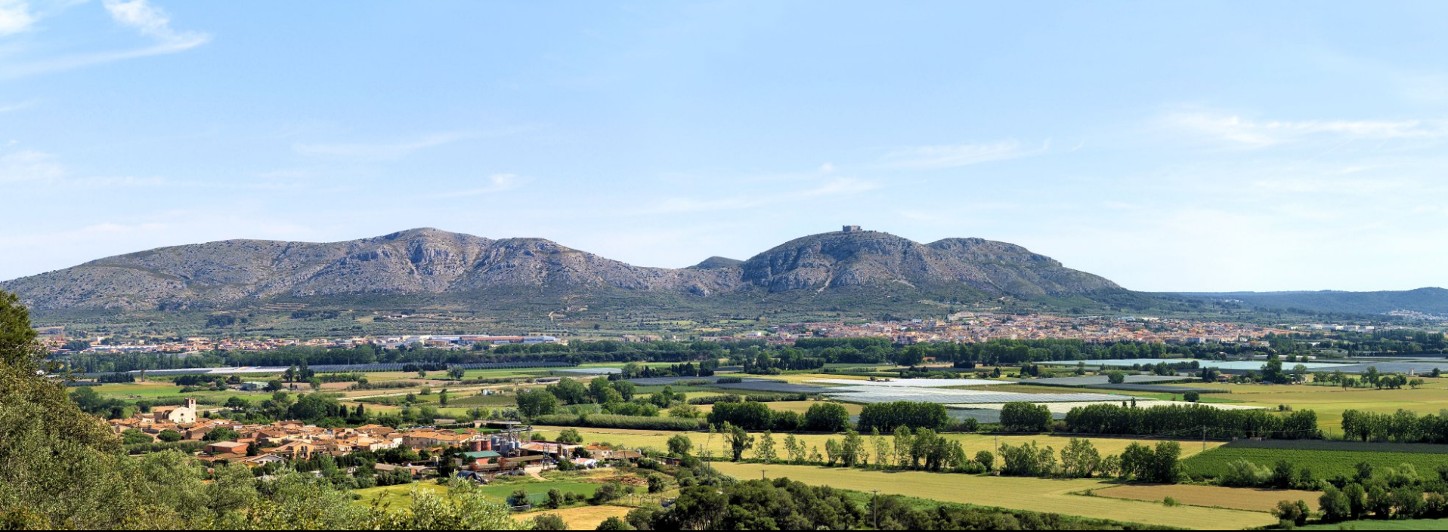The mountain

The massif
A unique natural place
The Montgrí massif is one of the most iconic formations in the Empordà and the Costa Brava. About 8 kilometres from end to end, it extends over nearly 2,300 hectares and is actually made up of three distinct units: Ullà mountain (307 m), Montgrí mountain (303 m), with its 13th century castle, and Mont Pla (310 m).
A limestone massif perforated within
The massif is a limestone island sitting between the plains of the Alt and Baix Empordà and locally known as "el bisbe mort o estirat” (the dead bishop or the reclining bishop) for its outline. Rainwater seeps into the rock, which over the millennia has given rise to underground aquifers and short torrents (dry most of the year). Erosion has formed caves (underwater and underground), sinkholes, coves and natural harbours.
Birds of prey, orchids and a unique continental dune
Dry meadows, the wide variety of orchids, eagle-owls, Bonelli's eagle, the European shag and bats are some of the living treasures of the massif. The same can be said of the wild goat, which has reconquered this territory in recent years. Kermes oak and white pine cover a large area, plus a remarkable continental dune with mosses and pines, very rarely found in the Mediterranean, formed by the blowing of northerly winds.
The castle, historical settlements and dry stone
With its unmistakable outline, the Montgrí castle (13th century) is very imposing. However, due to its strategic location, the massif was inhabited many thousands of years before that, proof of which can be found in its prehistoric caves (such as the caves of Cau del Duc, in Torroella, dating back 300,000 years and a smaller one in Ullà), as well as Iberian and Roman settlements. In 1392, three Benedictine friars founded the Chapel of Santa Caterina, where a gathering is held every year (website).

.jpg)




















